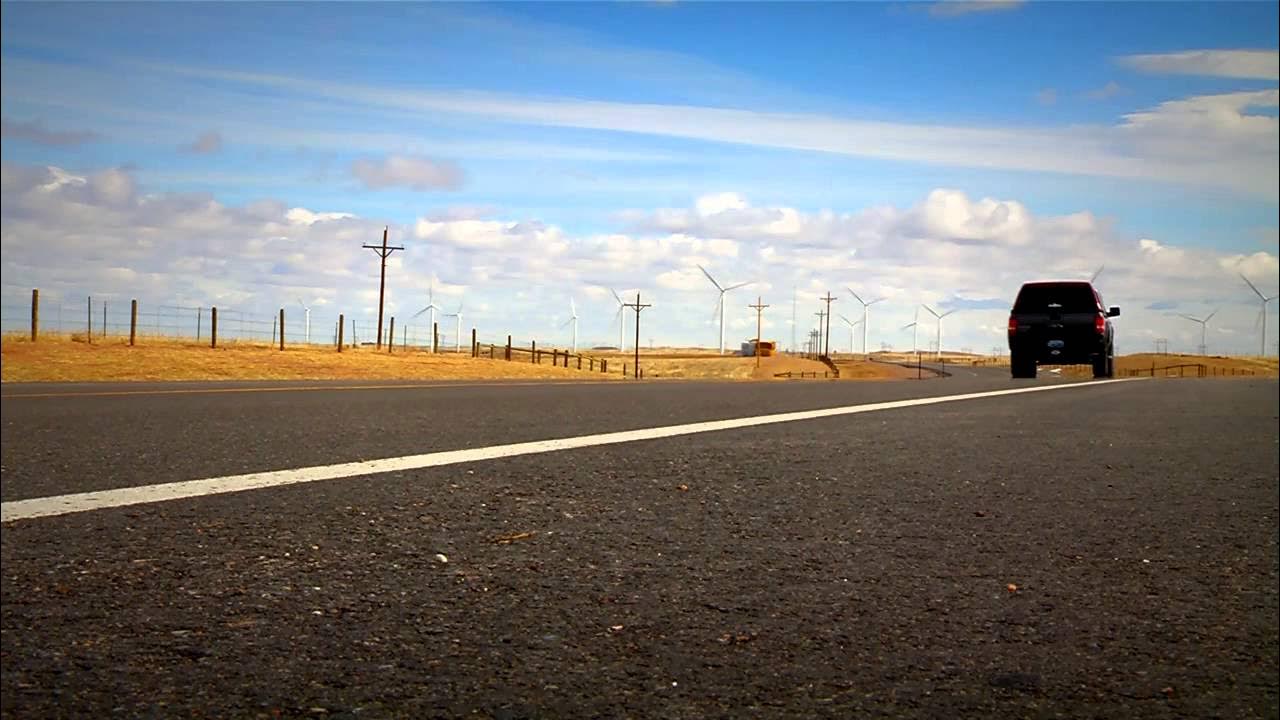PLTB Pembangkit Listrik Tenaga Bayu / Angin (sg)
Summary
TLDRThis video explains the fascinating history and modern uses of wind energy. Starting from ancient Egypt, where wind was first harnessed, to the development of wind turbines that now generate clean electricity, the script highlights how wind energy has evolved. It also focuses on Indonesia's potential for wind power due to its vast coastlines and favorable wind speeds. The video introduces key concepts like the anemometer, an instrument that measures wind speed, and encourages viewers to consider other wind-powered objects. It's an engaging and informative look at how wind energy contributes to a cleaner, sustainable future.
Takeaways
- 😀 Wind energy has been utilized for thousands of years, starting with ancient Egypt and Persia.
- 😀 Kites, like wind turbines, rely on wind to generate movement, showing how wind energy works.
- 😀 The first wind turbines for electricity generation were developed in the 19th century by Danish inventor Poul la Cour.
- 😀 Wind energy is considered environmentally friendly, as it does not produce harmful gases like carbon monoxide or carbon dioxide.
- 😀 Indonesia has great potential for wind energy, with a coastline of over 80,000 km and an average wind speed of 4-5 meters per second.
- 😀 Wind power contributes to reducing global warming by not emitting pollutants that contribute to climate change.
- 😀 An anemometer is a device used to measure wind speed and pressure, invented in the 15th century by Leon Battista Alberti.
- 😀 The technology behind wind turbines has evolved from simple tools for irrigation to complex systems generating electricity.
- 😀 Wind power is a renewable source of energy, meaning it’s sustainable and can be replenished naturally.
- 😀 The widespread use of wind energy can help reduce dependency on fossil fuels and promote cleaner, greener energy solutions.
Q & A
What is the main concept discussed in the video?
-The video explains the concept of wind energy, how it is harnessed for various purposes like kite flying, irrigation, and electricity generation using wind turbines.
How does a kite stay in the air?
-A kite stays in the air because it is powered by wind energy, with the wind providing the necessary thrust to lift the kite higher as the string is extended.
When was wind energy first used by humans?
-Wind energy was first used around 5000 BCE by the Egyptians for sailing, and later, around the 7th century, the Persians used wind energy for irrigation and milling.
What technology was developed in the 19th century related to wind energy?
-In the 19th century, Danish inventor Poul la Cour developed wind turbines that could generate electricity, marking the beginning of modern wind power technology.
When did Indonesia begin utilizing wind energy?
-Indonesia began utilizing wind energy for power generation in 2018, with the development of wind power plants (PLTB).
How long are Indonesia's coastlines, and why is this significant for wind energy?
-Indonesia's coastline is 80,761.42 km long, which is significant because it offers vast potential for the development of wind power plants due to the constant wind availability.
What is the average wind speed in Indonesia?
-The average wind speed in Indonesia ranges between 4 to 5 meters per second, which is suitable for generating wind power.
What is the environmental benefit of using wind energy?
-Wind energy is environmentally friendly because it does not produce harmful gases like carbon monoxide or carbon dioxide, helping reduce pollution and combat global warming.
What is an Anemometer, and what is its purpose?
-An Anemometer is a device invented in 1450 by Leon Battista Alberti, used to measure wind speed in meters per second or knots, and can also measure wind pressure.
What are some other uses of wind energy beyond electricity generation?
-Apart from generating electricity, wind energy has historically been used for purposes like sailing ships, irrigation, and milling grains, and continues to have diverse applications.
Outlines

Esta sección está disponible solo para usuarios con suscripción. Por favor, mejora tu plan para acceder a esta parte.
Mejorar ahoraMindmap

Esta sección está disponible solo para usuarios con suscripción. Por favor, mejora tu plan para acceder a esta parte.
Mejorar ahoraKeywords

Esta sección está disponible solo para usuarios con suscripción. Por favor, mejora tu plan para acceder a esta parte.
Mejorar ahoraHighlights

Esta sección está disponible solo para usuarios con suscripción. Por favor, mejora tu plan para acceder a esta parte.
Mejorar ahoraTranscripts

Esta sección está disponible solo para usuarios con suscripción. Por favor, mejora tu plan para acceder a esta parte.
Mejorar ahoraVer Más Videos Relacionados

Video Animasi mengenal Pembangkit Listrik Tenaga Bayu (Angin) dalam versi English

PLTB || Sejarah, Komponen Utama dan Cara Kerja Pembangkit Listrik Tenaga Bayu (Angin)

Listrik Tenaga Angin : Energi Terbarukan Andalan Indonesia #pltb

Renewable Energy for Kids | Types of Energy | Renewable Energy Sources

Cara Kerja Turbin Angin Raksasa Haliade-X, PLTB Terbesar Bisa Produksi Listrik 14 Juta Watt Per Unit

Energy 101: Wind Power
5.0 / 5 (0 votes)
